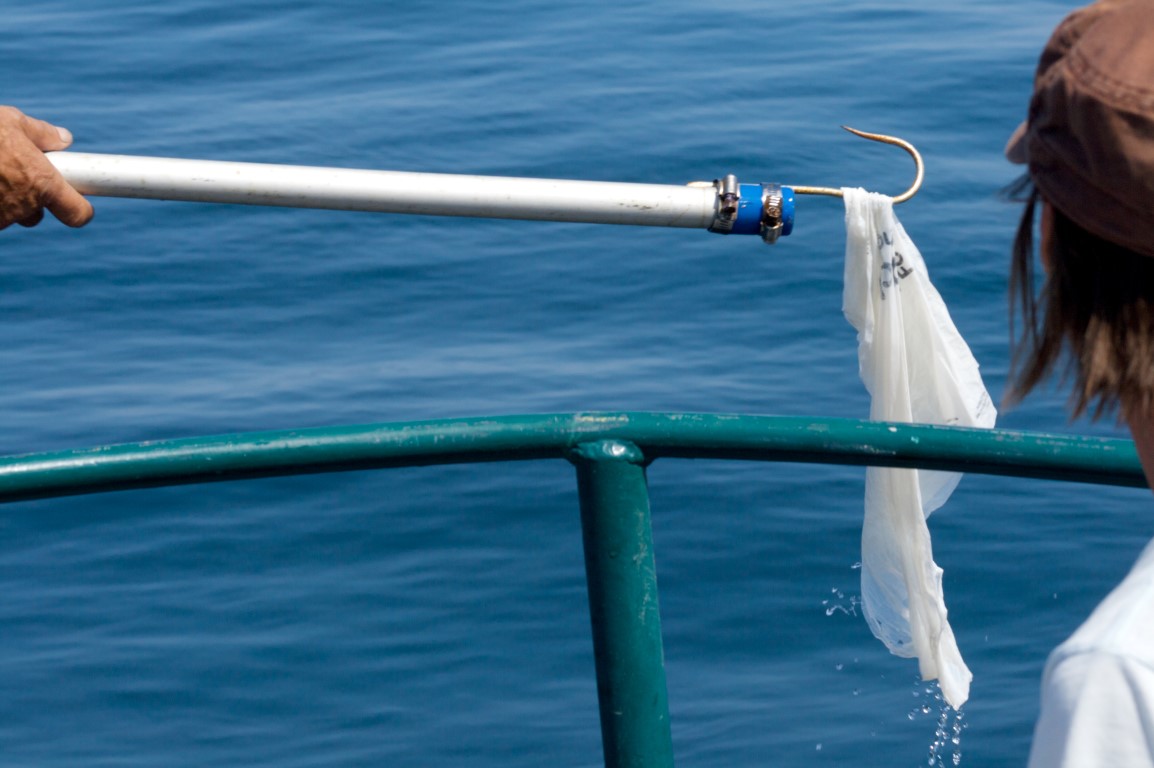
Picture: Tony Öhberg for Finland Today
[rt_reading_time label=”Estimated reading time:” postfix=”minutes”]
When was the last time you used a plastic bag? If you have traveled abroad, you might have noticed that in some countries plastic bags are everywhere. Where I come from, it is common to get even double (free) plastic bags at the supermarket if what you are carrying is too heavy. This, of course, does not happen in Finland.
In 2015, the European Parliament passed a law to reduce single-use plastic bags. The goal is for all members to reduce plastic bag consumption to 90 bags per person by 2019 and to 40 bags per person by 2025. Some countries, like Finland and Denmark, already have the lowest bag consumption numbers in the European Union.
But how did Finns manage to almost eliminate the use of plastic bags? For starters, lightweight plastic bags have a cost, and very thin plastic bags are not even available anymore at retail outlets and other shops. Also, there is more awareness and education regarding littering and the environmental damage caused by paper bags.
In the fashion industry — a popular market for plastic bags — some new initiatives are tackling plastic bag consumption. One Bag Habit is an initiative that intends to reduce the use of bags by promoting the use of a single bag. The goal is that by 2025, the oceans will have more fish than plastic bags.
Big names in the fashion industry like H&M, Lindex and KappAhl are part of this project. By having different brands participate in a common initiative it is possible to have a greater impact and speed up the transition to sustainable bags. This initiative is open to all retailers and it is free. According to Esko Leppäkorpi, CEO of Fashion Commerce in Finland, the Finnish fashion industry is always looking for sustainable, alternative materials to use.
Leppäkorpi told Finland Today that “in many environmental issues, Finland shows initiative and it is natural that such an initiative generally increases consumer awareness of their own influence.” “While the goal is to reduce the consumption of disposable bags,” he said, “the materials of the bags must be made of recyclable materials and will further increase the campaign’s positive environmental impact.” It is also worth noting that campaigns like One Bag Habit donate the surplus from sales of bags to causes driving sustainable development while trying to guide consumers to use their own baskets and reduce unnecessary consumption of plastic bags.
Another recent initiative was introduced at the beginning of 2017 by K Group. They introduced Finland’s first plastic bags made out of recycled plastic household products. The aim is to introduce shoppers to a circular economy model where there is no waste production; old materials are used to create new ones.
With initiatives like these, Finns are leaving behind plastic bags and setting an example for other countries to follow. So next time you go shopping, take a look at the bag you’re holding and realize that there is a lot going on behind a single plastic bag.
Picture on the front page: Garret Coakley











